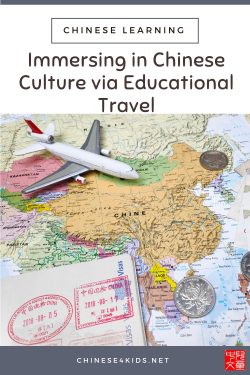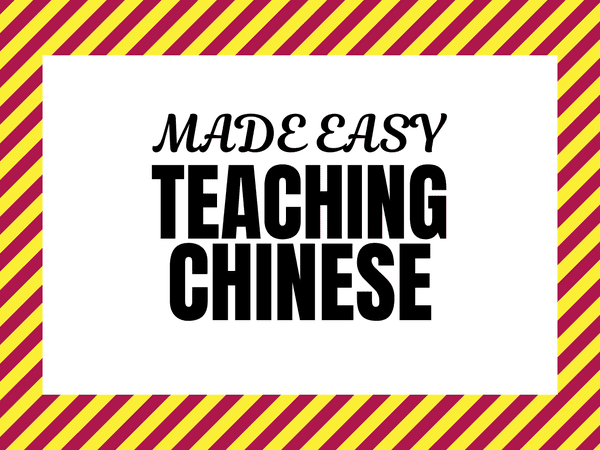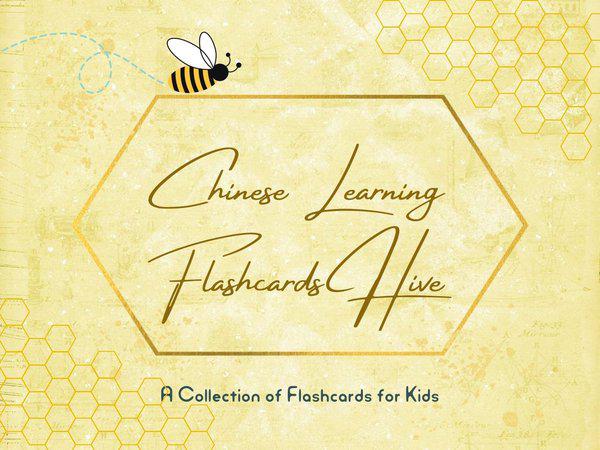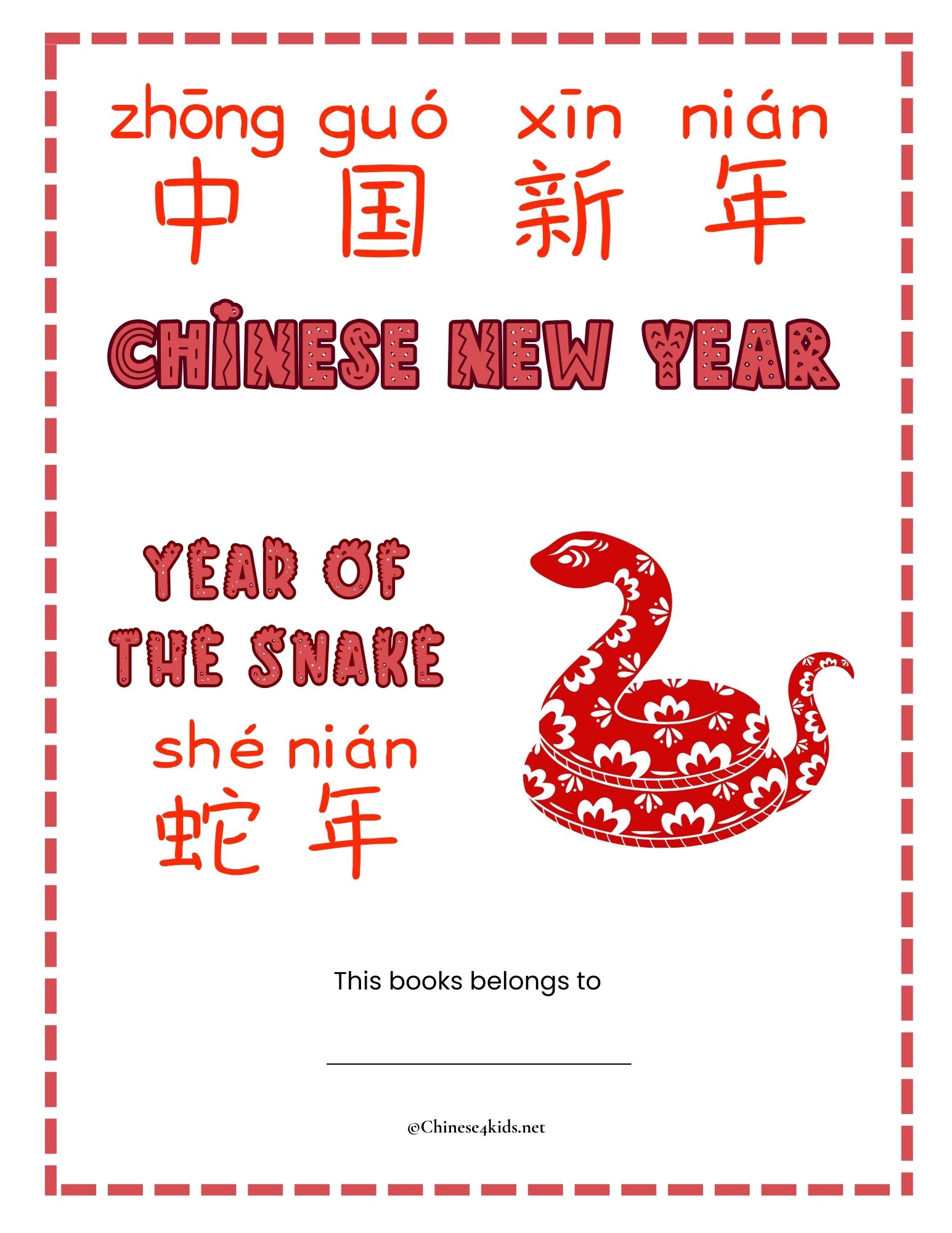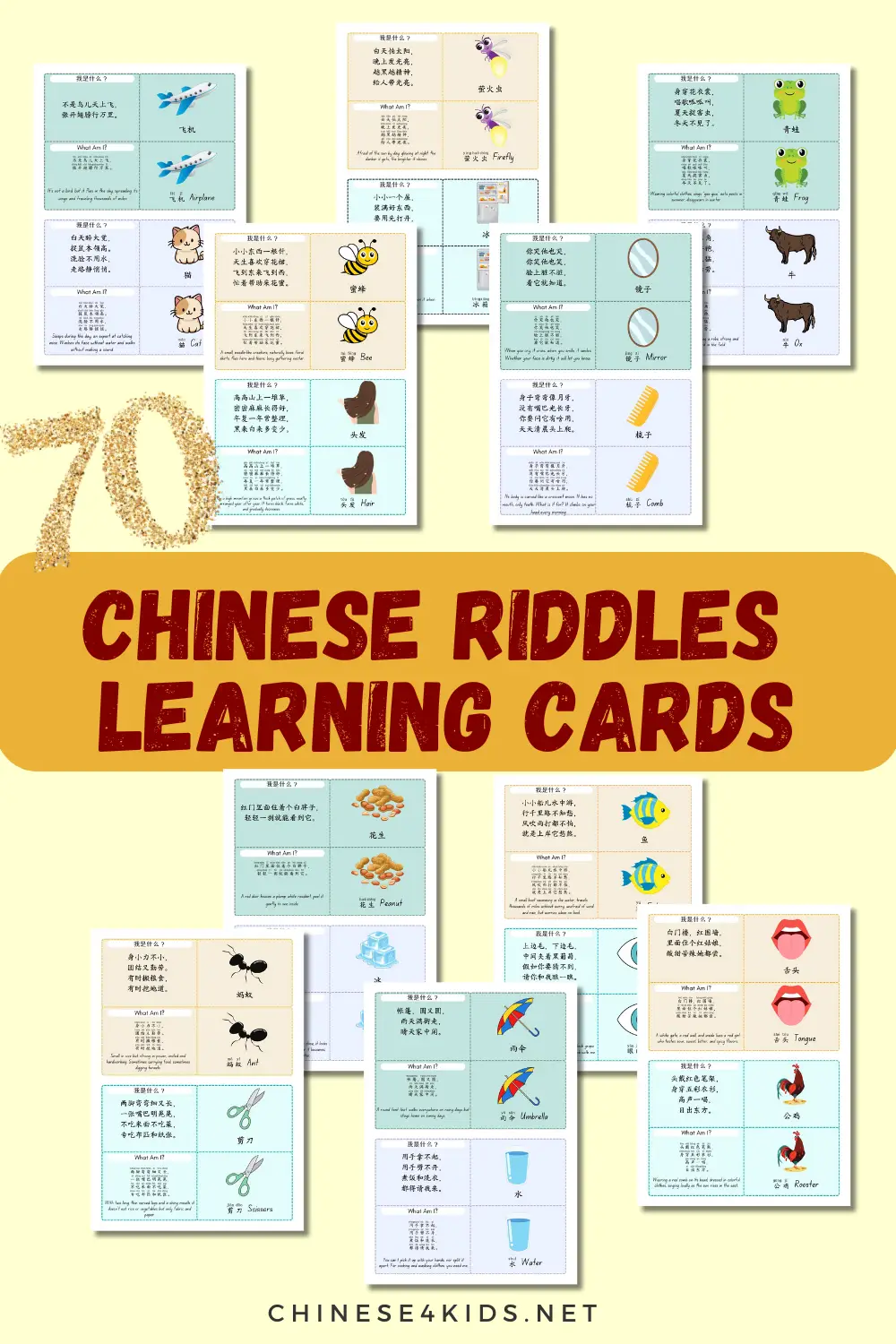
Home » Chinese language education » Immersing in Chinese Culture via Educational Travel with Harley Wade from State of Writing
Immersing in Chinese Culture via Educational Travel with Harley Wade from State of Writing
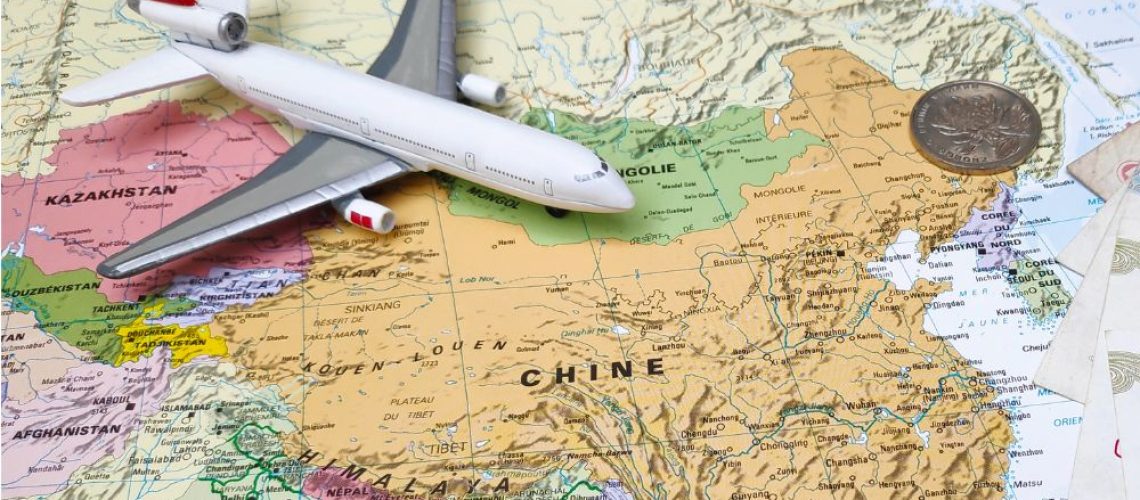
Traveling is one of the most introspective, powerful ways to explore a different culture. Chinese culture is both profound and unique in its depth and variety. Harley Wade from the custom writing service State of Writing comes to your assistance and gives a list of rules that will help you use educational traveling to China as a tool for self-improvement. Below are 5 things you should do while in China to make your experience as educational as possible.
1. Exploring Historical Sites
China’s ancient sites are a marvel. The Great Wall, the Terracotta Army, the Forbidden City, the House of the Happy Workers, and hundreds of other places collectively create a chronicle of human history in China. Harley recommends hiring local guides to help provide a deeper understanding and context that otherwise might not be obvious by simply observing a building or structure. As you travel, you can also hire online custom writing services like StateOfWriting to do your homework while you’re occupied with your foreign experiences. This may grant you the opportunity to dive deeper into Chinese history without thinking about your academic commitments.
Nothing illustrates Chinese culture better than its festivals. Make sure that your visit coincides with one of the major festivities of the year, which are as follows:
| Festival Name | Festival Date | Traditional Activities |
| Chinese New Year (Spring Festival) | Varies (January/February) | Family reunions, fireworks, red envelopes, dragon dances, and festive meals. |
| Lantern Festival | 15th day of the first lunar month | Lantern displays, lion dances, eating rice dumplings (tangyuan), and solving riddles. |
| Qingming Festival (Tomb-Sweeping Day) | April 4th or 5th | Cleaning ancestors’ graves, offering food and incense, and flying kites. |
| Dragon Boat Festival | 5th day of the 5th lunar month | Dragon boat races, eating rice dumplings (zongzi), and hanging medicinal herbs. |
| Mid-Autumn Festival | 15th day of the 8th lunar month< | Moon gazing, eating mooncakes, and family gatherings. |
During these festivities, the country’s vast population enjoys rituals, food, and community spirit, which you can experience first-hand by joining in with the local merry-makers.
3. Learning Through Culinary Experiences
Chinese cuisine is varied – each region is home to something mouth-watering. You can sign up for cooking classes to have local chefs teach you how to make classic dishes such as dumplings or Peking duck. Hanging out in local markets and getting your fill of local snacks and street food will give you an even richer palette of flavors from which you can piece together regional histories and cultural influences. It is not merely about eating. An innate philosophy underlies Chinese dietary structure, and togetherness – at the table, with one another – runs like a heartbeat through everything.
While in China, make sure to sample these traditional dishes:
- Peking Duck: Roasted duck with crispy skin, served with pancakes, scallions, and hoisin sauce.
- Kung Pao Chicken: Stir-fried chicken with peanuts, chili peppers, and vegetables in a savory sauce.
- Sweet and Sour Pork: Pork pieces cooked in a tangy sweet and sour sauce with pineapple and bell peppers.
- Dumplings (Jiaozi): Dough filled with minced meat and vegetables, steamed, boiled, or fried.
- Ma Po Tofu: Tofu cooked in a spicy chili and bean-based sauce with minced meat, usually beef or pork.
- Hot Pot: A communal dish where diners cook raw meats, vegetables, and noodles in a simmering pot of broth.
- Fried Rice: Rice stir-fried with eggs, vegetables, and meat or seafood seasoned with soy sauce.
- Spring Rolls: Thin pastry rolls filled with vegetables and meat, deep-fried until crispy.
4. Engaging in Language and Educational Programs
Your best chance to get to know China through language is to start learning Mandarin. “Travellers should take Mandarin lessons as one element of their trip”, advises Harley, “even if you just learn a few basic conversational phrases. There are many schools in China that offer language programs and link with cultural activities and homestay experiences”. By learning and speaking the language, even at the most basic level, you open a wealth of authentic interactions with local people and allow yourself a degree of insight into Chinese communication styles and etiquette. You will also be able to understand China’s influence on college curricula, which you will find eye-opening, especially if you’re a student.
5. Participating in Art and Craft Workshops
With its delicate aesthetic and attention to quality, Chinese art and craft is another dimension of the cultural experience. Participating in workshops that focus on calligraphy, traditional painting, and tea ceremony practices provide an opportunity to be creative and to learn the importance of patience and the value of detail – both of which are highly valued in Chinese culture. “Often, one ends up with some peaceful contemplation and with a respect for the craft that has been passed on for generations”, says Harley.
Traveling as a part of a deeper learning experience is a structured yet deeply personal way to explore Chinese culture. Festivals, food, heritage sites, language, and the arts are the gateways to engaging fully and respectfully with China and its history that has been brewing for thousands of years. Break through the superficial ‘tourist’ experience by becoming an active and engaged participant, and you’ll come home with more than a windchime and a ticket stub.
Post guest wrier: Ryan Mitchell
If you like this post, share it!

You May Also Be Interested:
- Chinese4kids Membership – a portal for busy Chinese teachers and parents
- Chinese learning flashcards Hive – a flashcards library that with regular additions of new quality Chinese learning flashcards
- Chinese learning worksheets collection – Also a part of Chinese4kids membership, this collection is for teachers and parents who want to have access to engaging worksheets and activity sheets created for kids learning Mandarin Chinese as an additional language
- Speak Chinese with Kids Course
- Chinese Vocabulary Made Easy Course
Recent Posts
Join Our Membership
Enroll to A Course
Buy An eBOOK
Our Posts
